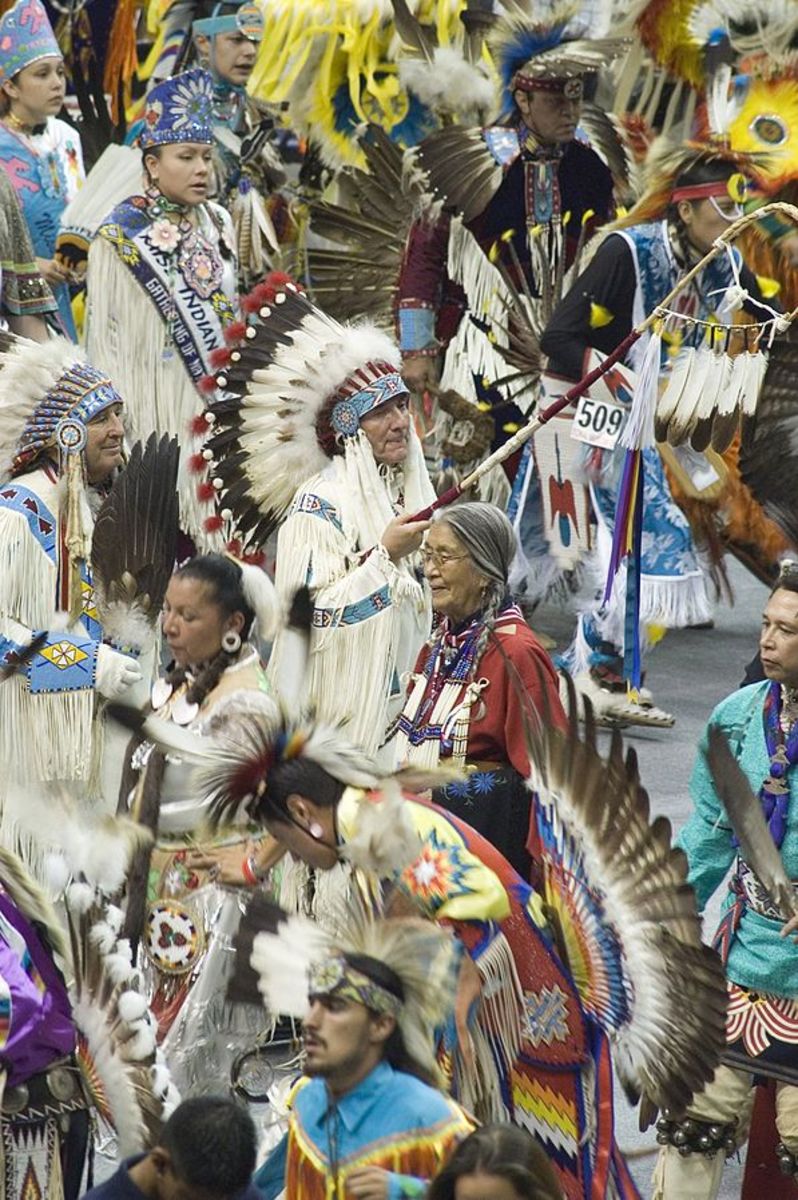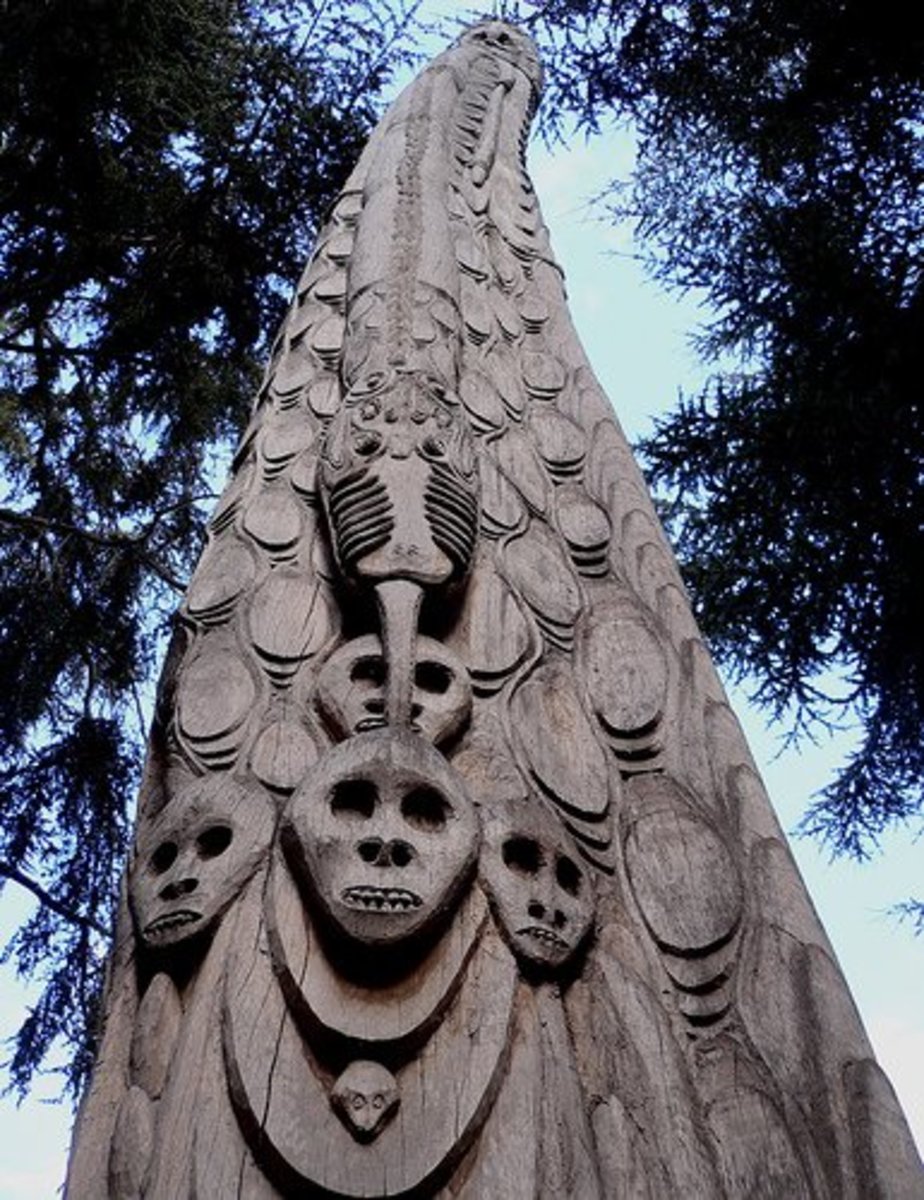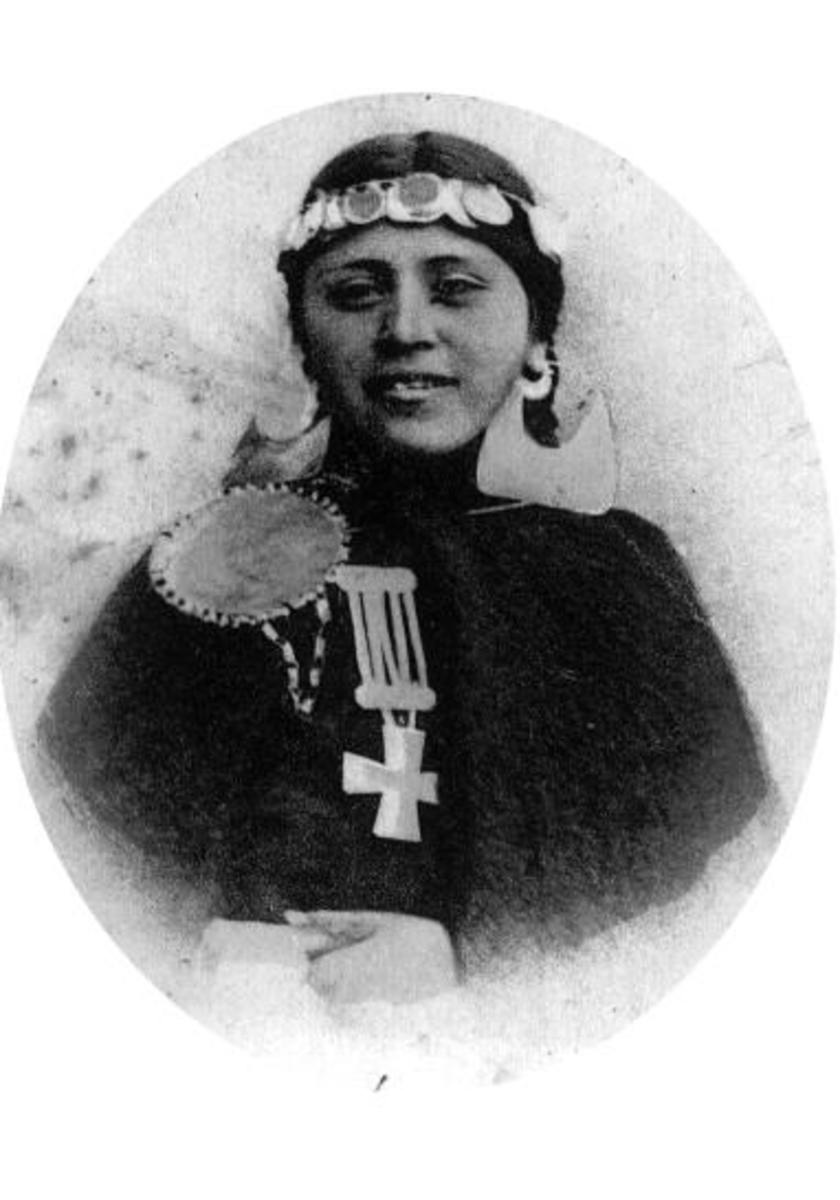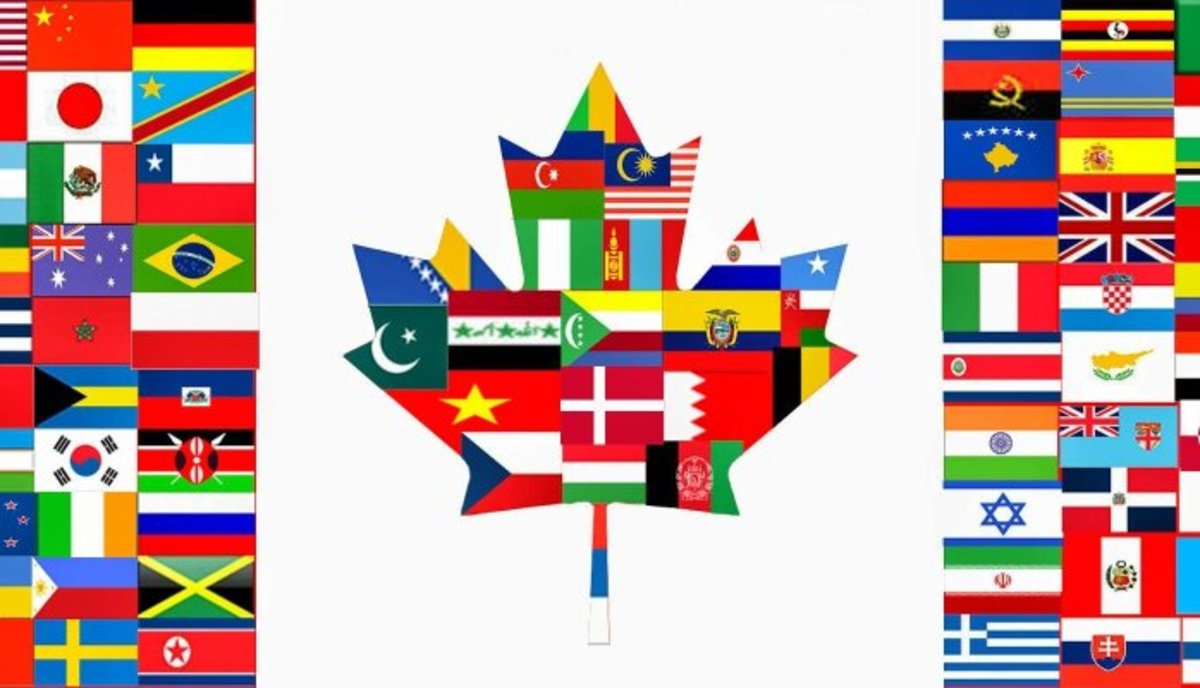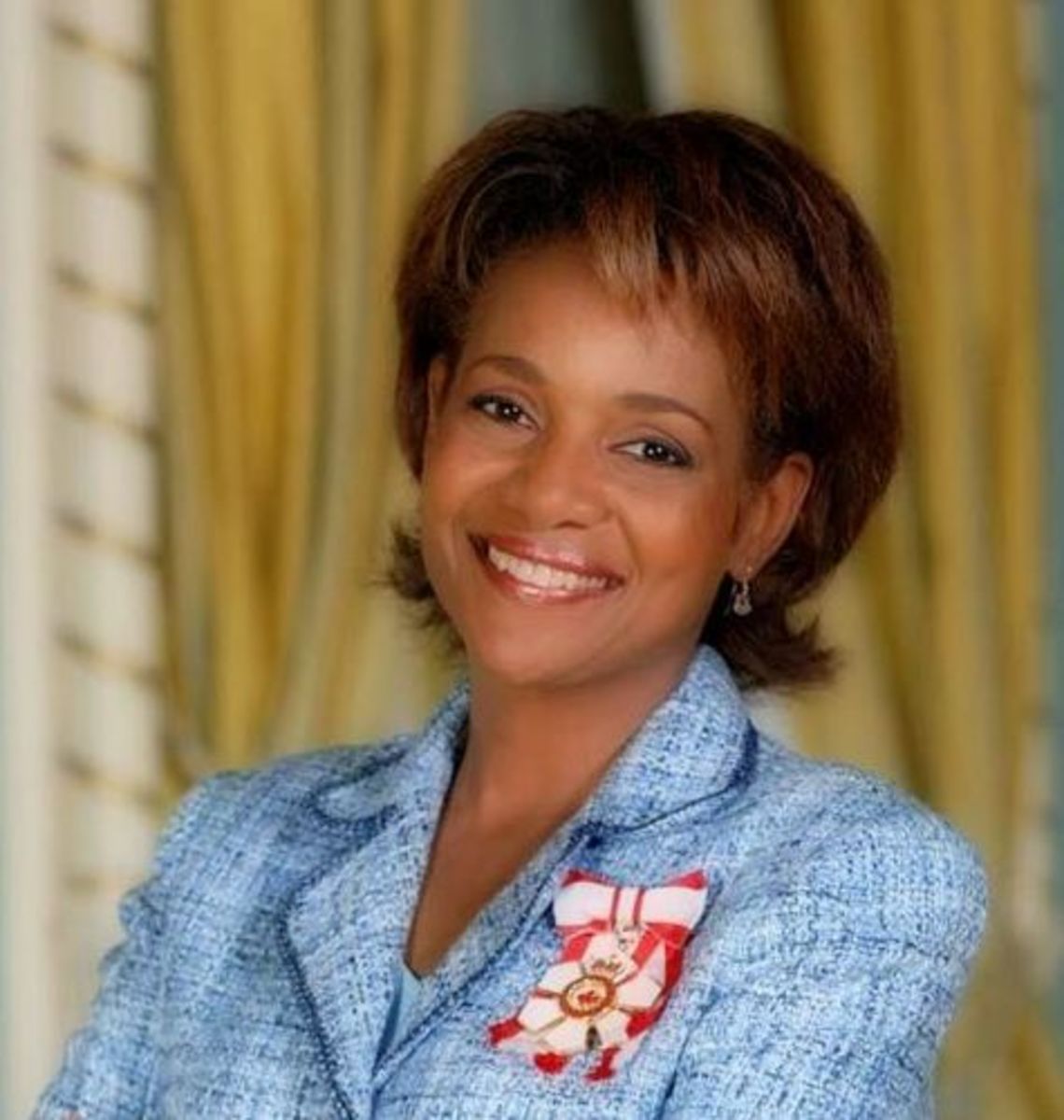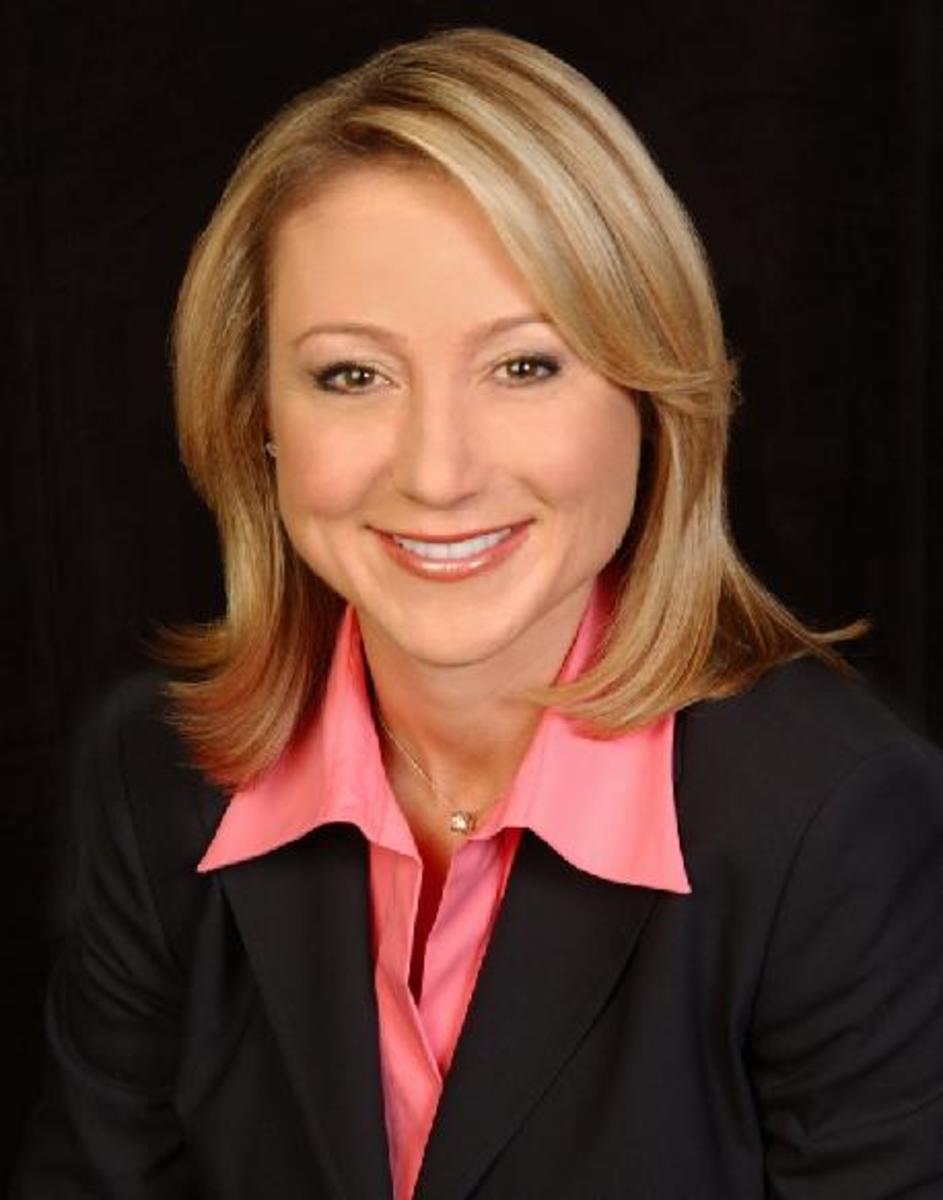First Nations Aboriginal Peoples In Canada - Cultures and Histories
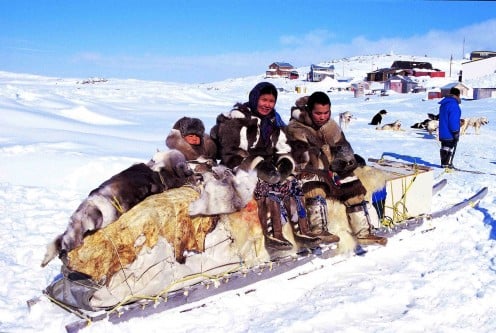
The People - That Is Our Name
This is what one might hear from Indigenous groups in the New World in response to arguments that they are either First Nations or Native Americans.
Innumerable groups of Indigenous Peoples use a name or names in their own languages to describe themselves only as "The People."
Some of the Indigenous around the world add a few descriptive words; for example, "The People Who Have Always Been Here" or "The Real People" (Innuits) and similar phrases. Some carry a subtext of primacy in the form of "The First and Only People" (Han of Korea). Others add geographical references; examples being "The People of the Flint" and "The People of the Big River" (Ohio River). The word Eskimo is very much out of date and considered a slur by some groups. The word Indians is a slam among some Indigenous nations, bands, and other small groups, while being accepted by others. In Ohio, we have a combination of terms in our Native American Indian Center and in Tennessee, the Native American Indian Assocation.
In North America, the terms First Nations, Aboriginal Peoples, First Peoples, Indigenous Peoples, Native Americans, and several names south of the Mexican Border are government imposed and not people-chosen. None of these treaty-forced names means The People.
Research institutions often reference
- Indigenous Peoples of the Americas, or
- Native North (Mexican, Central, South) Americans and/or
- Pacific Islanders or
- Caribbean Islanders
in examining the populations of Western Hemisphere.
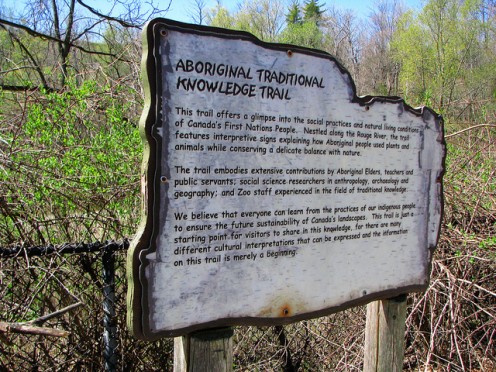
Sweeping Changes
Wide ranging changes in the relationship between the Canadian Federal Government and First Nations groups preceded and permeated the Four Host First Nations' planning and implemention of the 2010 Winter Olympics and Paralympics that made history in Vancouver, British Columbia. For the first time, the Indigenous Peoples were 100% full partners and operators of an Olympic Games. Previously, they were considered more on the order of a curiosity.
One of the huge changes visible in the 21st C. is that of the number of accepted or officially recognized native bands and related groups in British Columbia rising from just over 200 in 2006 to over 600 in 2010. This is at least a 300% increase in recognition.
Native populations have inhabited North America for some 12,000 years or longer; even increasing numbers of committed Christian groups accepting that the Earth is at least that old. Older is harder to prove, because of limitations on the accuracy of carbon testing that result from variances from the mean date being too outsized to permit data to be useful past 60,000 years measured into the past.
Specific mitochondrial DNA haplogroups have been found in both Indigenous North Americans and the people of Altai 1,000s of miles to the west of BC in northern Siberian regions. When these Asians migrated and crossed the ice into North America, they first discovered America - rather than did Scandinavian Vikings. Moreover, the genetic markers have at last been spotted in Iceland (May 2011), confirming the existence of the Indigenous Peoples there long into the past. MIgrating around the Polar Circle 360 degrees, they likely discovered everything first in the Northern Hempshere.
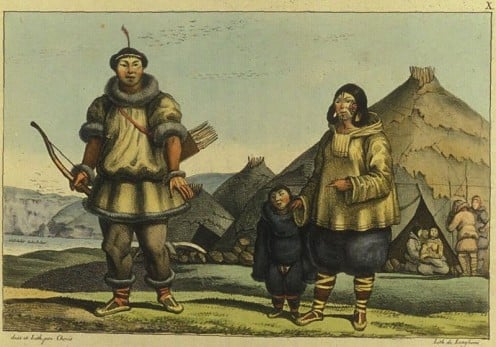
The First Of the First Peoples In North America
- Canadian First Nations Discovered America First - Even though the Smithsonian Institution migration and genetics project is tracing the DNA and migration of human populations, much information is still uncatalogued. Every month, new Indigenous groups emerge and new stories are added the to human story. However, all signs point to Indigenous Asians being the first to travel into the New World across an ice bridge covering the waters near Alaska.
- Extreme Cabin Fever -- Plubukto in Esquimaux Coping - In the DSM I, II, and III psychological diagnostic manuals, plubukto was listed as an endemic "Eskimo" mental illness. Around the Arctic Circle, life can be harsh and challenging. Living cooped up in an ice block igloo for six months led to this malady, since removed from the DSM-IV and subsequent manuals in the APA series.
- Hubris and 10,000 Words for Eskimo Snow - Some people say "100" and some people say "17" words describe snow, and all of these people are incorrect. We really have found 44 different words in northern Aboriginal languages for snow and ice. Arguments between factions with only part of the facts has made war about how many words for snow the Inuit use. Until someone embeds himself with the Indigenous peoples around the Northern Polar CIrcle to find out, what either side of the word-war thinks is probably lacking in truth.Olympic and, afterward, the 2010 Paralympic Winter Games were prepared and held on traditional First Nation lands in British Columbia, Canada.
King Island, Bering Strait: Pathway Into North America
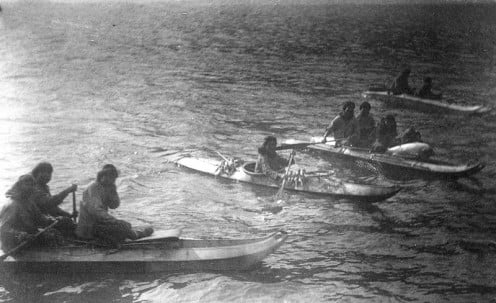
- Native American Nations in British Columbia- A large expanse of land that is likely the home to the first North American Indigenous Peoples, British Columbia was thought to support approximately 200 bands of people in 2006. By 2010, over 600 had been identified.
- Totem Poles in the Pacific Northwest, Alaska, New Zealand, Russia, Korea, and Japan. - Totem poles were produced in the Old World in a variety of places centuries ago, and even in the New World, before 1700.
- A Totem Pole Is a Person: Master Carvers and Traditions of the Pacific Northwest- A Pacific Northwest carved wooden "totem" pole is a person, the story teller of a family or a community and it is a document that tells the history of its family and its chief. A chief and his wife may be cremated and buried in the pole with needs for the next life. Power animals appearing on the pole speak of the founding of the family clans by supernatural animal-humans as a part of the human foundation stories and religions. After over 100 years of recent research into "totem" poles, meaningful understanding of them and their cultural value is finally emerging in the 2010s.
- Culture and Meaning in Totem Poles Among First Nations in Western Canada - Kwakiutl Lineage. The most famous red and yellow cedar Master Carvers are Kwakiutl and Kwakiutl-European aboriginals and descendants from the early 1800s to the 21st Century. The Father of Anthropology, Franz Boas, worked with them for 40 years. This article traces the lineages from Chief Wakius (Charlie James) and his age-cohort friends in Alert Bay on Upper Vancouver Island and across the water to mainland BC; along with Kwakiutl and Haida carvers in the Queen Charlotte Islands, or Haida Gwaii. The Kwakiutl, however, have longer unbroken lineages of carvers that present intriguing histories and works of art and memorial. This article traces lineages from Wakius through the most famous male carver globally, to the first female carver in Western Canada, and down the ages to their descendants like Bill Reid. Translations of some figures are also presented.
- Four Host First Nations' 2010 Vancouver Winter Olympics- 2010 was a historic year fr Canada and the First Nations peoples of British Columbia. The 2010 Vancouver Winter Olympic and, afterward, the 2010 Paralympic Winter Games were prepared and held on traditional First Nation lands in British Columbia, Canada.
Ukivok, Bering Strait
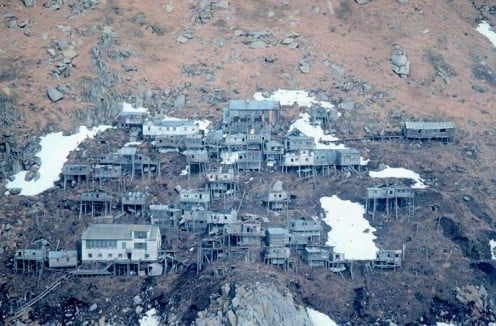

Migrating to the East
- Native American Nations in Central Canada- Saskatchewan, Manitoba, Alberta
See ffootage from 1894 of a Sioux Ghost Dance -- Central/South Central Canada, particularly the provinces of Alberta, Saskatchewan, and Manitoba, comprises home to over 200,000 Native Americans. They are are largely Cree, Blackfoot, Sioux and Ojibwe - Native American Nations in The Canadian Territories - The northern provinces of Canada are the coldest; yet, many Innuit and related peoples live in these provinces, as their forerunners lives in Siberia and Altai. Innuit peoples are considered separate from First Nations and separate from Metis. Thus, there are three (3) different sets of Indigenous Peoples in Canada.
- Aboriginal Peoples of the Canadian Yukon -- This is an Editor's Choice Article about the beautiful Canadian Yukon Peoples.
- First Peoples of the Glittering Canadian Northwest Territories
- Native American Nations in Ontario - Canada is home to hundreds of Native American Nations or First Nations and hundreds more bands and small groups. Many are located in Ontario, the most densely populated province in the nation.
- Native American Nations in Eastern Canada - Northeast Canada is home to at least 100 bands of First Nations from the Cree, Mi'kmaq, Mohawk, Innu Nations and other larger groups. Fascinating videos and photos accompany some unique information in this presentation. Although we know as of May 2011 that Native North American DNA markers have ben found finally in Iceland, it is as yet unclear whether the peoples migrated from Eastern Canda into Greenland and Iceland, or from the direction of Northern Europe, the Sami people sharing some genetic markers.
- Native American Nations, The People of the North, and 360 Migration Around the Arctic Circle - Traveling full circle in a number of ways.
Aboriginals In Ontario
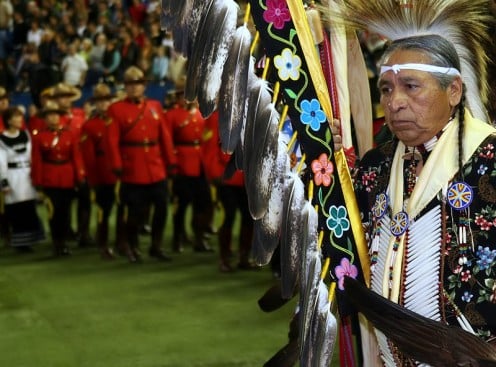
© 2011 Patty Inglish MS

